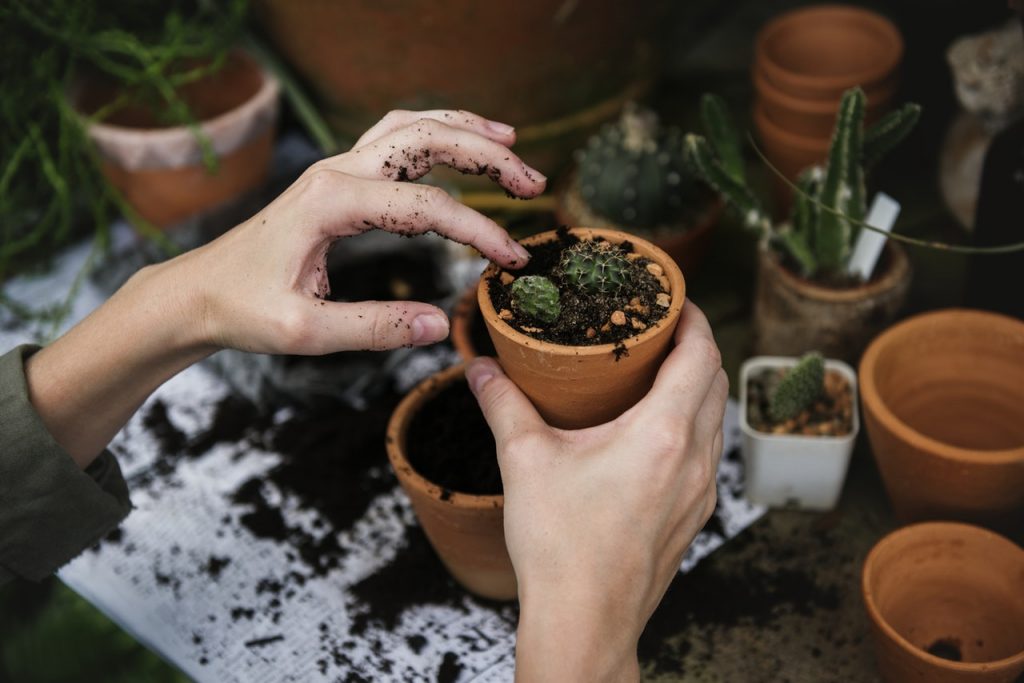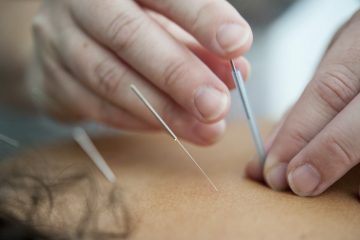Having a personal little home garden brings a lot of joy, cheer and positivity to the occupants. Maintaining a garden all-year round and protecting your plants as the seasons change is hard work, but is also greatly satisfying.
While you may consider yourself a novice when it comes to the art of raising a beautiful garden, remember that even the most experienced gardening enthusiasts make mistakes. If you are about to create your first-ever home garden but don’t really have a green thumb, here are 5 tips to get you started.
Get to know your soil
First and foremost, if you’re going to grow a variety of plants and shrubs, you need to educate yourself about the kind of soil you have and what type of greens will best flourish in your home garden.
Before you get excited and bring home a bunch of plants, check the soil. Find out if it’s sandy or clay. Clay soil turns heavy, sticky and lumpy when you add water. You can easily mould wet clay soil into a ball and it will stay that way. On the other hand, sandy soil is light in weight and gritty in texture. It does not retain water as well as clay soil and needs to be enriched with manure every now and then.
Get the right plants
Once you know what type of soil you have, get the plants that will survive in that soil. Talk to the local nursery or neighbours with a healthy garden to find out which plants you should buy. Some plants do well in sandy soil, others thrive in nutrient-rich clay soil and yet others prefer a mix of both.
So choose the plants that will be happy in your home garden. If you’re not going to be able to devote a lot of time to your plants, consider buying low-maintenance greens first.
Place plants so that each has ample space to grow
First-time hobby gardeners often make the mistake of buying too many plants at once and end up growing them close to each other, which leads to overcrowding. This affects the natural growing process of a plant.
On your first visit to the plant shop, avoid getting tempted and buying too many plants. Consider how much garden space you have, choose different types and sizes of plants, and refrain from buying expensive plants or seeds when you’re just starting out.
Remember that placing bulbs, saplings or young greens too close can make at least some of them perish, if not all. Moreover, you’ll need to water them frequently and they may not all get the nutrients they need from soil and the added organic matter. Cramming also puts plants at the risk of infection and disease.
Design your lawn on paper before doing the digging
When you’re doing up your little home garden for the first time, there’s a big chance that you’ll want to move the bulbs or young plants around to improve the layout of the garden. This could mean a lot of extra work along with unredeemable damage to your plants.
An easy way to avoid this is to design your garden on paper and then place everything you bought at the store on the soil to see how it looks. If you’re happy with the layout and no two plants are crammed together, proceed to dig holes for each.
Handle your new friends with gentle care
When removing the plant from the pot to place it in the soil, remember not to pull it out by holding the stem. Instead, turn the pot upside down, apply pressure on the sides and allow the sapling to slide out so the young plant doesn’t break or damage in the process.
Learn more about developing a beautiful home garden on your own at this insightful blog post about Spring Gardening in Western Australia – Bibra Lake Soils.
Also don’t forget to soak the roots in water before placing the plant in the soil, and ensure that the hole you’ve dug is large enough to allow the roots to grow and spread.
Bonus tip: Don’t kill your plants with excessive watering
Plants placed in pots need more water than those placed directly in the ground as the latter draw moisture from the soil. An easy way to know if a plant needs water is to dig a finger into the soil around it. If it feels dry about two inches it, it needs to be watered.



